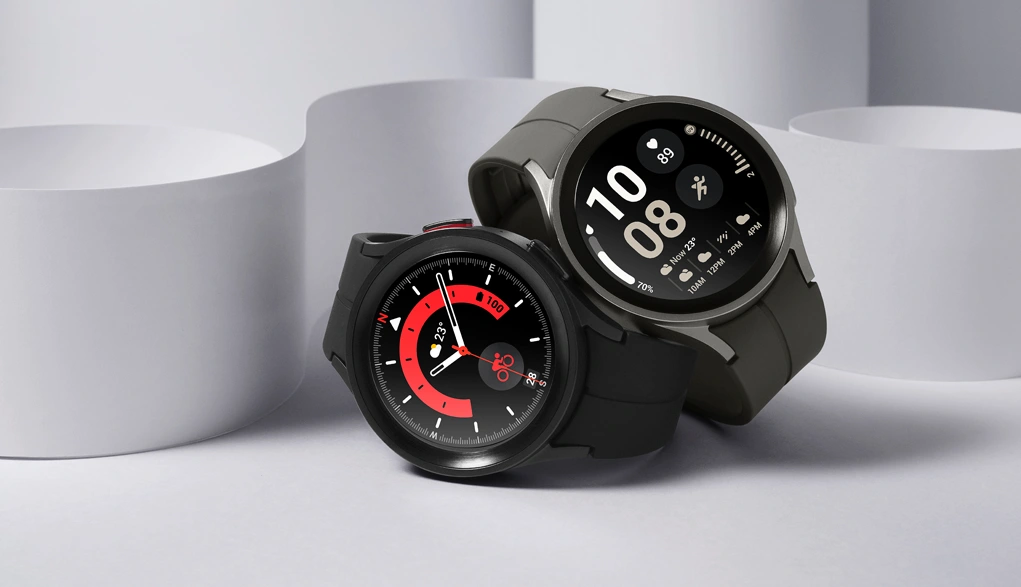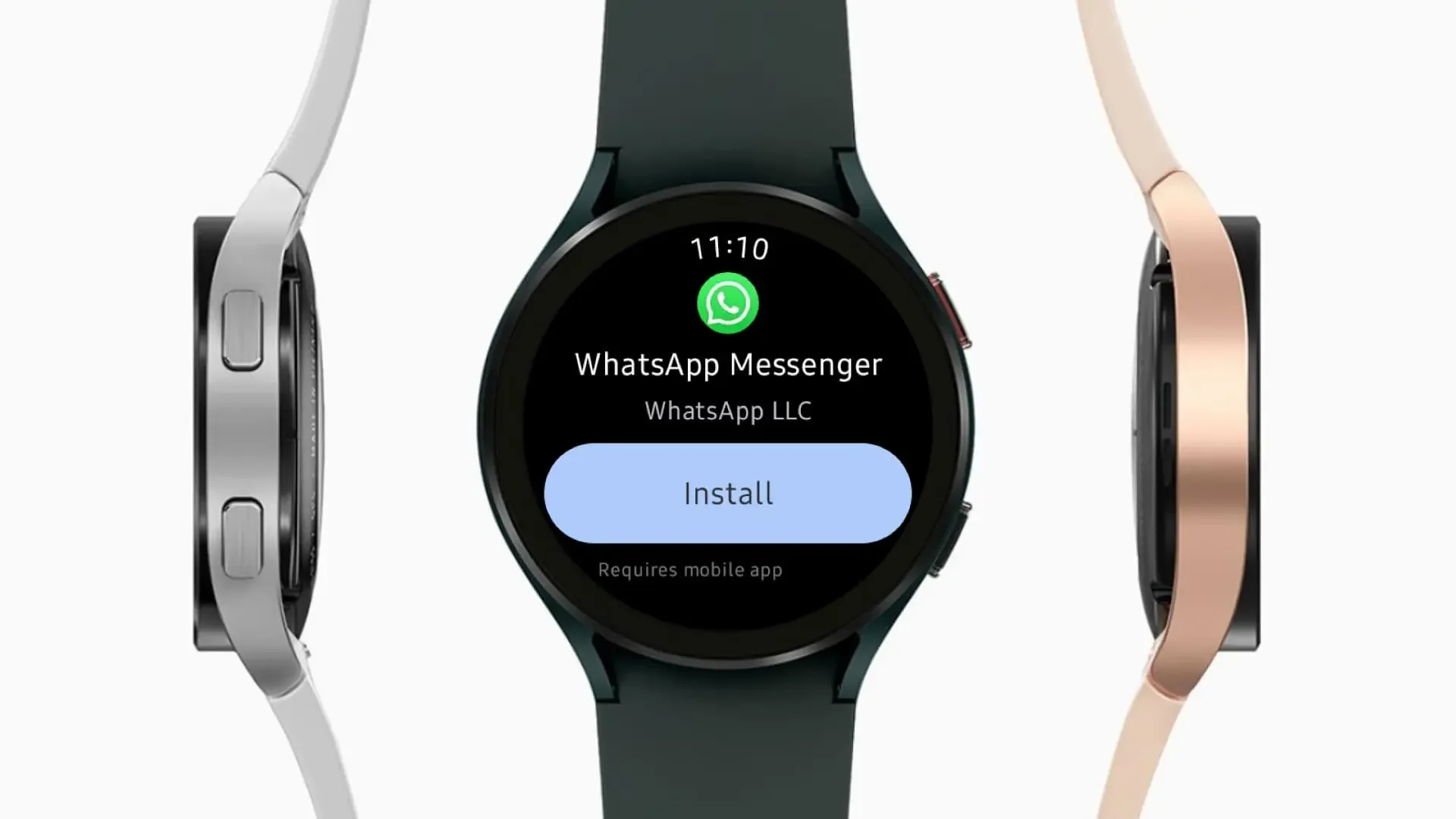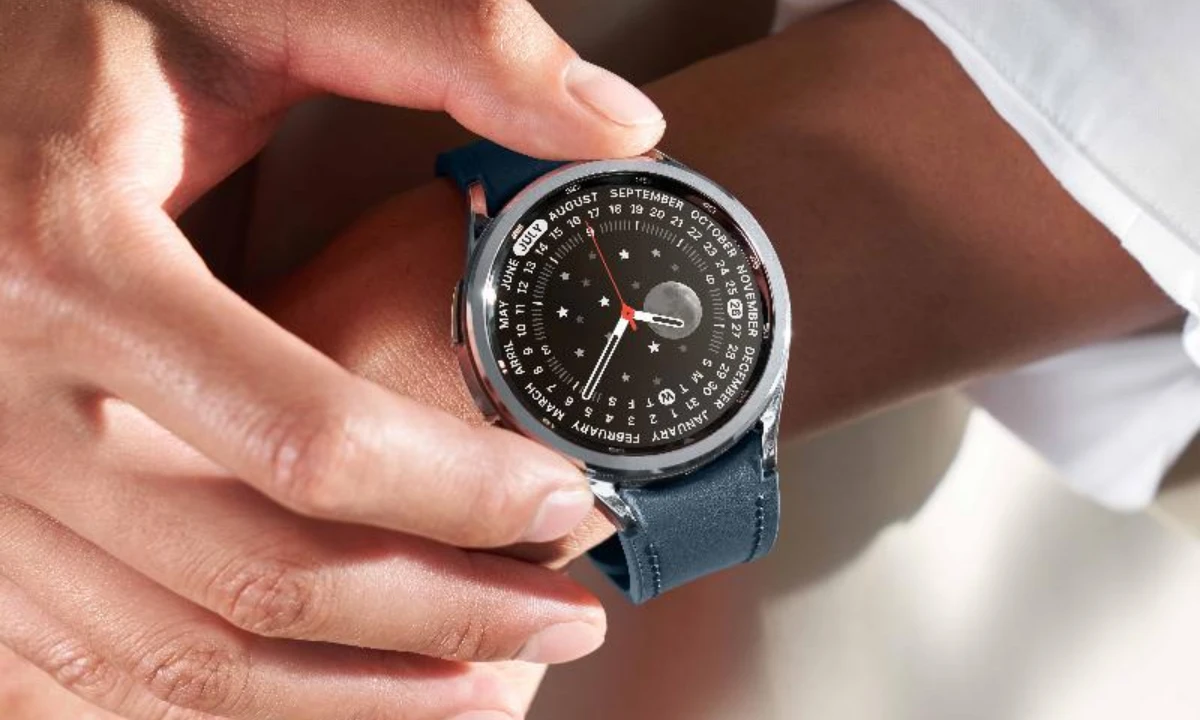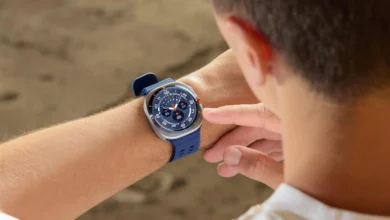Galaxy Watch 5: Blood Pressure and ECG monitoring features now available in the Philippines

The South Korean tech conglomerate Samsung’s Galaxy Watch lineup has some of the world’s best health-related features in it, and the Blood Pressure and ECG features are also some of these. Previously, these two utilities were available in some limited regions only, but now the company has extended their availability in the Philippines region also, with the Galaxy Watch 5 series. So, let’s take a look at it.
Notably, as these features are now accessible in the Philippines too, their residents will also be able to check their Blood Pressure and Heartrate using their Galaxy Watch 5 device. The Galaxy Watch 5 and Watch 5 Pro devices will track both of these health statuses by Samsung’s BioActive sensor. Without a doubt, these features are indeed helpful and lifesaving, so having them in your device will decrease the health risk.
Let us tell you, to enable the Blood Pressure monitoring feature, first install the Samsung Health Monitor application on your Galaxy phone and connect it to your Galaxy Watch. Afterward, the Galaxy Watch will start to measure your BP wherever you tap on the ‘measure’ option. Informatively, this feature measures Blood Pressure through pulse wave analysis. Users will be able to access this info and export measurements to PDF.
On the other side, the Electrocardiogram (ECG) feature works by recording the user’s heart’s electrical activity through a sensor. To use this feature, open the Samsung Health Monitor app on your Galaxy phone during a comfortable sit and make sure the Watch is completely fitted to the wrist; then let your forearm free on a flat surface and lightly place another hand’s fingertip on the Watch’s top button for 30 seconds.
After successful measurement of the user’s Heart rate and rhythm, the device will display the results in any of these two terms- Sinus Rhythm (Regular heartbeat) and AFib (Irregular heartbeat). Additionally, just like the Blood Pressure feature, you can export ECG measurement data as well, in the form of a PDF. You can make the Galaxy Watch5 40mm yours for 16,990 PHP and Galaxy Watch5 Pro for 26,990 PHP.



